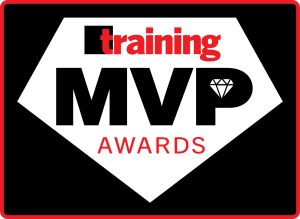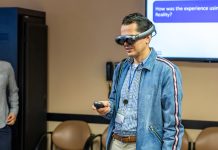Zensar Technologies’ focus on customer-centricity and the dynamic IT industry led to the creation of a robust skill development program to ensure its employees can navigate complex business landscapes, build client relationships, and drive innovation.
The Development Action Plan (DAP) program aims to align employee development with Zensar’s strategic objectives, ensuring that learning initiatives directly contribute to organizational growth. By enabling personalized identification of individual development needs, the DAP program aims to enhance workforce capability in key areas such as customer-centricity, leadership, adaptability, and technical skills across all business units, including Hi-Tech Engineering, Banking, Finance, Insurance, Telecom, Consumer Services, Sales, Finance, Human Resources, and Marketing.
Program Details
A Development Action Plan (DAP) is a structured approach to growth, outlining actions, timelines, and resources. It follows the 70-20-10 model to capture knowledge from job experiences, interactions, and formal learning.
This competency development program transformed learning for more than 9,000 Zensar employees. Designed by Zensar’s technical team, it was deployed on the company’s artificial intelligence-enabled platform, Zenlearn, and evolved with data and feedback. It simplifies the DAP lifecycle, allowing employees to track their development on the Web portal or mobile app.
Learning needs are identified through manager-employee conversations at the start of the year and documented in the Zenlearn system. Each employee has three learning types: functional, behavioral, and technical. Within each type, each employee is required to choose competencies and sub-competencies that align with their learning needs for the year.
- Associates choose from pre-mapped learning offerings, including Percipio programs, instructor-led virtual sessions, and external certifications. An AI engine suggests the most relevant resources and learning activities, ensuring that employees stay engaged and motivated.
- Learning choices are customized to the associate’s preferred preference and logged in the system.
- The system also logs any on-the-job knowledge and experiences gained throughout the year. This helps employees reflect on and integrate their learning into daily work routines.
- Associates can start and monitor interactions with colleagues or mentors to support their learning.
- Progress is continuously monitored, and associates receive updates via system-enabled triggers. Regular check-ins with managers provide immediate feedback and guidance, helping employees refine their skills.
- Progress is tracked through the Business Intelligence dashboard, which is integrated with Zenlearn for all the DAP-related data. This provides real-time insights, enabling timely interventions and support.
Results
Some 84 percent of employees completed the DAP program in fiscal year 2024. The impact is measured during the year-end review cycle, when managers rate the improvement seen in every employee in each of the development areas identified at the beginning of the year. Managers rated 4,985 employees on their skill proficiency after the program, observing improvement in 97 percent of them.
In addition, the employee learning engagement rate steadily increased from 92.46 percent in fiscal year 2020 to 98.6 percent in fiscal year 2023.





